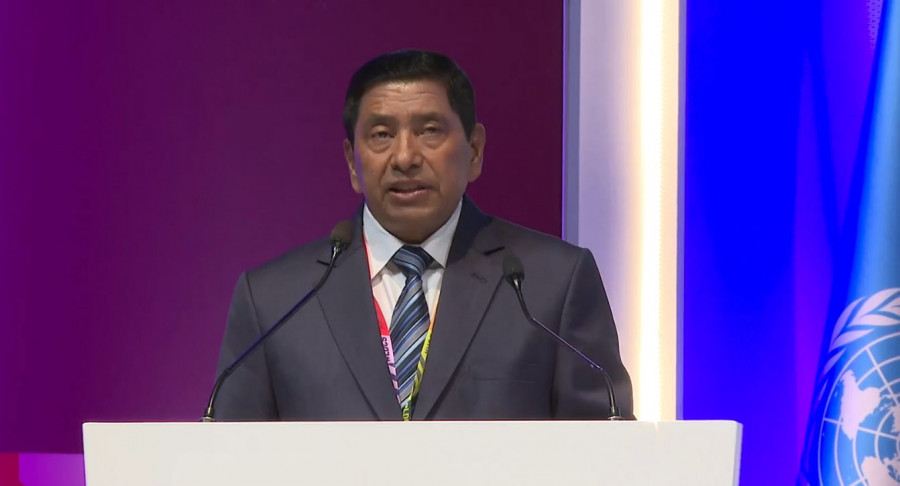Editorial
Don’t delay graduation
The year 2026 can be a turning point in Nepal’s journey to becoming a self-sustaining economy.
Nepal has taken over the chair of the group of the least developed countries (LDCs) even as it is on the brink of graduating from the 46-nation bloc. Nepal took up the baton at the UN Conference on Least Developed Countries held in Doha earlier this month. Back in November 2021, the United Nations General Assembly had unanimously adopted a resolution of Nepal’s graduation into the ranks of “developing countries” by December 2026. To graduate, a country needs to meet at least two of three UN-set criteria related to per capita income, human asset index (HAI) and economic and environmental vulnerability index (EVI). Of the three, Nepal has already made the desired progress in two, HAI and EVI, in three successive triennial reviews in 2015, 2018 and 2021. But as the graduation date approaches, many in the country seem to be getting cold feet. This is because with the graduation, the country will lose out on certain concessions and support measures that an LDC is entitled to, mainly in trade.
The Nepali delegation in Doha led by Deputy Prime Minister Narayankaji Shrestha had reiterated the government’s commitment to becoming a developing country by 2026 and had sought help from the UN and other development partners for the same. Nepal has already twice deferred its graduation. It shouldn’t do so again. What the government and other stakeholders should be doing instead is laying a solid economic ground for the country post-graduation. Always staying in your comfort zone is a recipe for disaster in the long run. Yes, graduation brings risks but also opportunities. A report jointly prepared by the National Planning Commission and the United Nations Development Programme says graduation makes countries more creditworthy in the eyes of international credit rating agencies, thus improving their access to commercial finance.
The focus now should thus be on diversifying Nepal’s trade and businesses, and exploring new markets for Nepal’s niche products. We already have institutions like the Investment Board Nepal established with the objective of creating an investment-friendly environment and attracting foreign investment. Similarly, there are permanent bodies within individual ministries tasked with promoting investment, trade and business. These entities must be reinvigorated with the right manpower and resources in order to meet the post-graduation challenges. Likewise, it’s high time that the government stepped up its diplomatic effort to explore opportunities to diversify trade and investment.
In order to enhance Nepal’s competitiveness in international trade and create an investment-friendly climate, it is
vital that the vast lengths of red tape that gum up Nepali bureaucracy are cut away. A lot more can also be done to improve the country’s transport infrastructure. Likewise, although the country has made tremendous progress in
electricity generation, the reliability of supply is still questionable. Nepal has failed to capitalise on its geographic proximity to the world’s two major markets, India and China, including for electricity trade.
The year 2026 can be a turning point in Nepal’s journey to establishing itself as a functioning, self-sustaining economy. Not that there is any other option. The country must wean itself off the easy money from the hard labour of its citizens toiling abroad and build its own capabilities. Or the country will find itself in great trouble a few years down the road, graduation or no graduation.




 16.12°C Kathmandu
16.12°C Kathmandu














